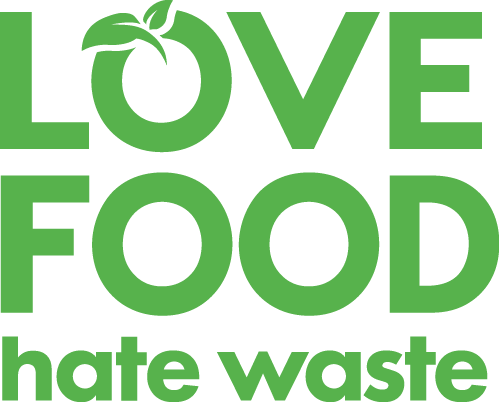
About food waste
When we throw away soggy salad leaves or spoilt cream, we’re also throwing away our money and the effort it took to get that food into our homes. It’s also bad for the environment.
Countdown to FOGO business mandates beginning 1 July 2026
From 1 July 2026, NSW businesses will be required to separate food waste. Businesses generating around 4,000 litres of general waste week (around two skip bins) must separate food waste for recycling, to reduce landfill and emissions.
Businesses required to recycle food waste include supermarkets, food courts, correctional centres, childcare facilities, schools, universities and TAFE, public and private hospitals, restaurants, cafes, pubs, bars and registered clubs.
The staged approach is based on a businesses’ weekly general waste volumes and will start on 1 July 2026, 1 July 2028 and 1 July 2030.
To get your business ready, visit food waste NSW.
About food waste
We love our food, and no one wants to waste it, but it happens when we cook too much, buy too much or leave it in the fridge for too long.
In NSW, more than a third of the waste generated by households we send to landfill is food. It may seem like we only throw out small amounts every now and again, but all that food adds up. Imagine $965 being thrown in the bin. That’s how much food the average person each year, as outlined in the 2021 Australian household food waste report. For the average household that amounts to $2,100 a year.
Of course, some food waste is unavoidable. Things like bones, shells, teabags, coffee grinds, eggshells, fruit and vegetable peels, pips and stones can’t be saved. But some food waste is avoidable. It usually happens when we buy too much, cook too much or don’t store food correctly. By making a few simple changes at home, we can reduce food waste, eat well and save money.
Facts and stats
According to the National Food Waste Benchmark data, 1.7 million tonnes of food is wasted in NSW each year. Households are the largest contributor of that, accounting for 688,000 tonnes of food waste annually.
Food loss on the farm is also a significant contributor, accounting for 392,900 tonnes a year. Approximately a third of food businesses waste is food and it is estimated that food waste costs the average aged care facility $1,000 a week.
Love Food Hate Waste (LFHW) NSW has been tracking NSW household attitudes and behaviours about food waste since 2009. The latest survey shows we care more about food waste, are more aware of the problem, but also continue to waste food because it is difficult to avoid it. The LFHW program is supported by the NSW Government to educate households and business about ways to reduce food waste. By following our programs tips, hacks and advice, households can reduce food waste by an average of 40% and businesses 21%.
Why food waste matters
Wasting food doesn’t just waste your time and money, it also impacts the environment. That’s because when food breaks down in landfill, it generates methane—a greenhouse gas that’s 25 times more powerful than carbon dioxide and a major cause of climate change.
Food sent to landfill also releases nutrients that can filter through the soil and waterways, polluting the environment for generations to come. When we throw away food, we’re also throwing away all the natural resources like water and energy that went into growing, packaging, producing, transporting, selling and preparing your food.
By 2050, it’s expected that the world will need to produce twice as much food in a climate that may be vastly different to today.
The good news is that we can all be part of the solution, by making simple changes at home and work to reduce the amount of edible food we throw away. The NSW government is also helping the community reduce food waste through support for more food donation, kerbside recycling services and processing infrastructure.
When unavoidable food scraps like eggshells and bones are recycled through commercial processing systems, the compost can be returned to land where it improves soil health, boost crop yields and improve water retention.
Useful links
- Love Food Hate Waste NSW research
- National Food Waste Benchmark 2019
- Australian household food waste summary report 2021, Fight Food Waste CRC
- Subscribe to the LFHW newsletter
